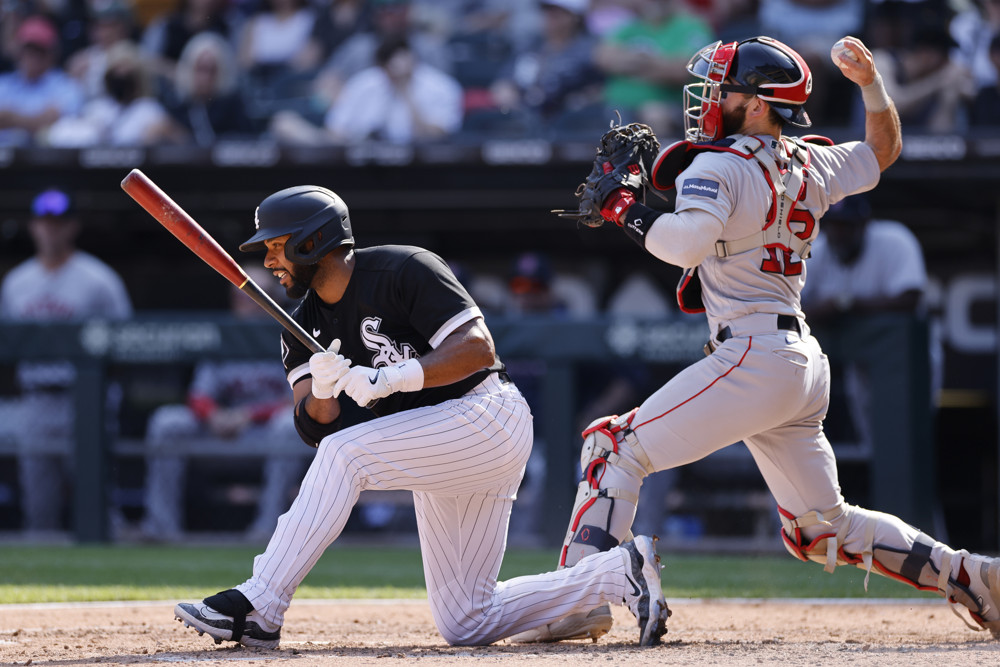By MARK SIMON
Who played the best defensive game in MLB in 2020?
We have a few different systems by which I can evaluate that. I prefer using our Good Plays/Misplays stats to address this. I’ve done this before (Lonnie Chisenhall, anyone?) and felt good about the results, so I’ll put it to use again.
For those unfamiliar, we track every pitch and play of every game, and categorize different types of plays as Good Fielding Plays and Defensive Misplays & Errors.
A Good Fielding Play can be for a hit-robbing catch or a nice stop on a ground ball, a throw that recorded an assist, or something like keeping the ball on the infield or cutting the ball off in the gap to prevent a runner from taking an extra base. We have about 30 categories of Good Fielding Plays and our Video Scouts are trained in the appropriate times to dole them out.
For reference, the leader in Good Fielding Plays this season were Mariners first baseman Evan White with 20 and Rockies shortstop Trevor Story with 19.
Six players had three Good Fielding Plays in a game this season: Freddie Freeman, Gio Urshela, Kevin Kiermaier, Christian Walker, Jeimer Candelario, and Ramón Laureano. I disqualified Urshela and Kiermaier because they had a Defensive Misplay in the same game.
In watching video of the other four, it came down to Walker’s two nice plays on ground balls and a nifty catch on a foul pop up versus Laureano making three standout catches. And I’ve picked Laureano’s game on August 12 in an 8-4 win against the Angels as the Best Defensive Game of the 2020 Season.
Here are the three plays that Laureano made that day for the Athletics. Of note, they came in three consecutive innings.
A backhanded sliding catch against Jo Adell in the fifth inning.
A mini-leap with a head banging against the fence against Tommy La Stella in the sixth inning.
And for good measure, a home run robbery against Brian Goodwin in the seventh inning.
Those last two speak to the improvement Laureano made in his defensive game in 2020. In 2019, Laureano had all sorts of trouble on deep fly balls. But he took care of that issue this past season.
We divide the outfield into three sections: shallow, medium and deep and from that we can calculate how many outs a player made above or below his expected outs total as calculated by our our Range & Positioning system for outfielders. For example, if Laureano catches a deep fly ball with a 30% out probability (based on where it was hit and how hard it was hit), he receives a credit of .7 plays made (to account for him doing something 70% of outfielders couldn’t do). If he misses the ball, he gets debited .3 (to account for being in the 30% of outfielders who didn’t catch it)
The sum of credits and debits is expressed as a plus-minus number, with positive being above average and negative being below.
Ramón Laureano on Deep Balls
| Season | Plays Made | Opportunities | +/- |
| 2019 | 75 | 111 | -13 |
| 2020 | 57 | 69 | +1 |
If you’re reading the chart, it’s indicating that Laureano made 75 plays on deep balls but his -13 plus-minus indicates that he should have made 88. In 2020, Laureano made 57, but was a +1, meaning he was expected to make 56.
Laureano’s improvement on deep balls was the catalyst in his going from costing his team 7 runs with his center field defense in 2019 to saving them five runs in 2020. It made him a legit contender for a Fielding Bible Award and it raised expectations for him heading into 2021.
The punchline to this game is that there was doubt as to whether Laureano would play that day as the appeal for his six-game suspension for an altercation with the Astros was expected to be resolved that day. When it was not, Laureano was put in the Athletics lineup.
The best defensive game coming in a game in which the player wasn’t even expected to play. That has a 2020 kind of feel to it, doesn’t it?

